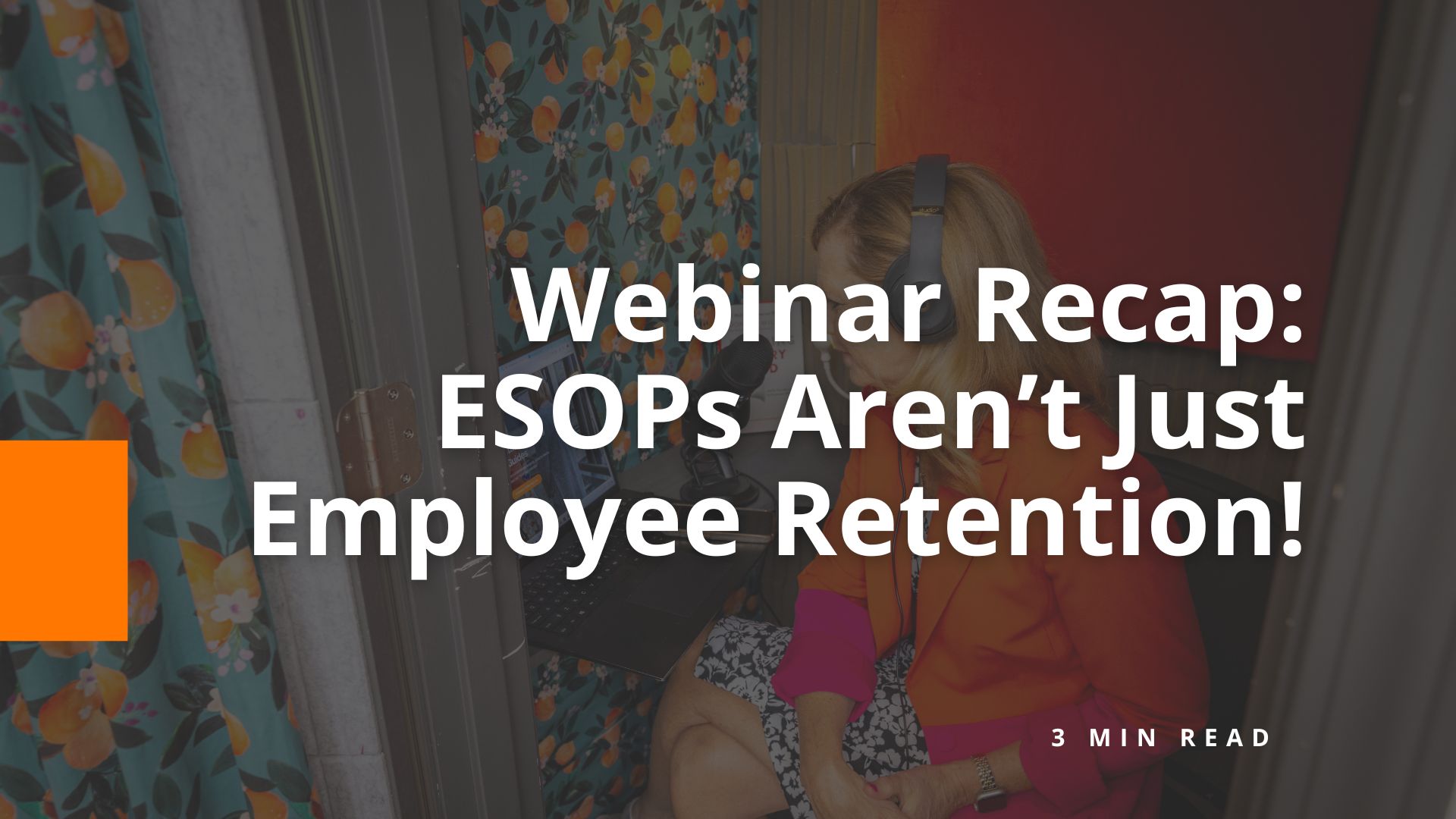Creating B2B Buyer Personas for Your MSP

Building a set of B2B buyer personas is an essential part of a StoryBrand website framework. For MSPs and IT service providers, this set helps ensure you’re speaking the same language as your buyers. Below are three simple steps to help you create your first buyer persona.
Talk to Your Current Clients
Asking your current clients is one of the easiest ways to gain insight into your target market. We suggest interviewing two to three customers to get a better understanding of the market. Try to choose customers that represent different segments of your market. For instance, maybe your customers include law firms, dentist offices and private schools. Could you talk to someone in each of those segments? It will help you get a more comprehensive picture of who uses your services and why they chose your company.
When we interview customers, we tailor our questions based on the client, market and who we’re talking to. If you need help getting started with the process, here are 10 sample questions you can use.
Draft a B2B Buyer Persona
Next, start to put together a full picture of your persona. This should include a fictitious name, title and role in the decision-making process. Your full persona description should also include their goals, a list of pain points and your message to them.
Give yourself plenty of time to review the persona with your team to ensure you captured the characteristics correctly. If not, revise and review each persona again. For MSPs and IT service providers, a small business owner is often a target persona. Here is Small Business Owner Barry as an example.
Use the Persona to Market
Don’t go through all that work to just leave the persona in a forgotten file. Use it when writing website copy, drafting blog posts, designing an advertisement or writing a newsletter. Ask yourself if what you’re creating is appealing to any of your identified personas and if it’s addressing at least one of their pain points.
Looking for Help With Your B2B Buyer Personas?
Here at BigOrange Marketing, we’ve led several managed service providers through our customer discovery process. The results are detailed buyer personas that can easily be translated into meaningful marketing. Book a meeting with us to learn more about our process.
Use Our Free Persona Template!
Download our persona template here and follow the instructions inside!
Share the knowledge
StoryBrand Website Refresh Positions Shipping Supplies Source for Growth
Our client, SHIP-PAQ, recently received a StoryBrand website refresh and we’re thrilled to announce the launch of their new design. As a trusted shipping supplies…
Explore this TopicMaster Your 2025 Marketing Strategy With the OGSM Framework: Webinar Recap
Planning for an effective marketing strategy for 2025 can seem daunting, but the right framework makes it much more manageable. In our recent webinar, we…
Explore this TopicThe Big 7: Top MSP Marketing Agencies
If you’re like many MSP owners or company leaders, you may find that marketing tasks often fall to the bottom of your to-do list. If…
Explore this TopicNew Launch: StoryBrand Website for Consultants
When TechSolve, a Cincinnati-based manufacturing consulting firm, considered a website refresh, they wanted it to provide visitors with a clear vision of how they help…
Explore this Topic7 Takeaways From Our Webinar: Employee Stock Ownership Plans and Beyond
Our CEO, Margee Moore, recently hosted a webinar with Intrust IT’s CEO, Tim Rettig. Tim is an experienced leader in mergers and acquisitions and employee…
Explore this Topic8 MSP Marketing Materials You Didn’t Know You Needed
As a managed service provider (MSP), you’ve likely spent countless hours perfecting your service offerings and building strong relationships with clients. But have you ever…
Explore this Topic12 Tips for Getting the Most From Your Content Marketing Service
Marketing for your business shouldn’t feel like dragging rocks uphill. If you’re investing in a content marketing service, you want to ensure every effort counts…
Explore this TopicNew StoryBrand Site Launched for Hospitality Technology Consulting Company
When our long-term client, ATC, decided to expand their hospitality sector with a new brand — ATC Hospitality — they needed a website tailored to…
Explore this Topic









